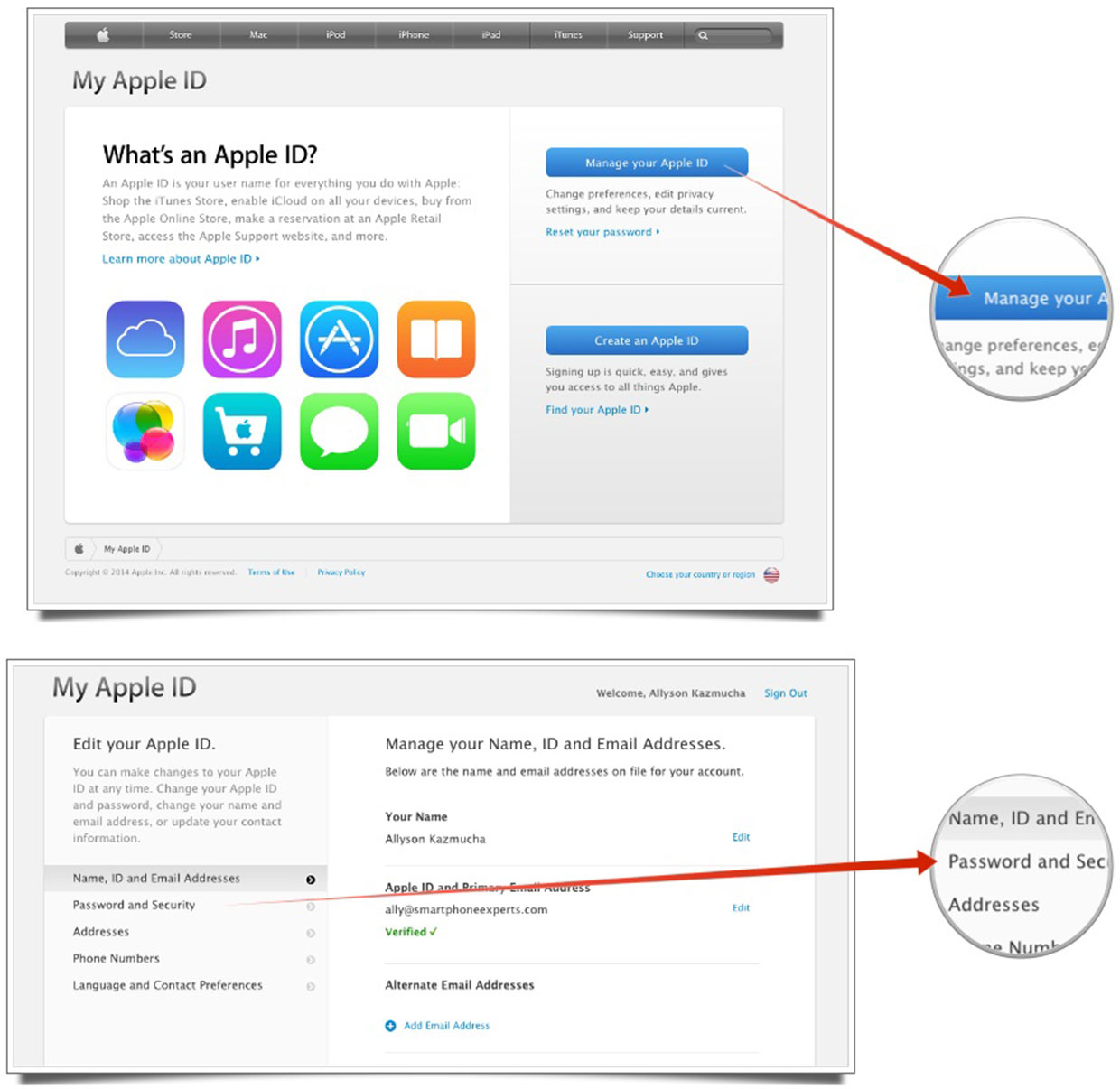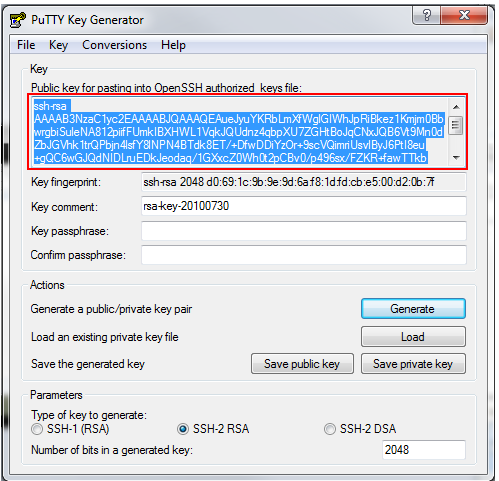- Generating Public Key In Html File
- Generating Public Key In Html Code
- Generating Public Key In Html Code
- Generating Public Key In Html Download
- Public Key Example
Public Key Cryptography, or Asymmetric Cryptography, is a cryptographic system that uses pairs of keys: Public Key and Private Key. It is one of the most important (if not the most important) part of cryptocurrency protocols, and it is used in sev.
To access your instances using SSH, generate an SSH key pair, associate the public key with your instances, and use the private key to log in to the instances using SSH.
- Generating a Public/Private Key Pair. You need to programmatically create a public/private key pair using the RSA algorithm with a minimum key strength of 2048 bits. The method you use to generate this key pair may differ depending on platform and programming language. Generating a public/private key pair by using OpenSSL library.
- Creating a private/public key pair on Ubuntu Last updated: 04 Jun 2012. There are many reasons you might want to create a key pair on Linux, more specifically on Ubuntu. For more information about key pairs, see this. If your server is an Amazon EC2 Server Instance, you might want to look at more specific information here.
Note:
You can’t use SSH keys to log in to a Windows instance. To log in to your Windows instance using RDP, see Accessing a Windows Instance Using RDP.
Caution:
Keep your SSH keys secure. Lay down policies to ensure that the keys aren’t lost or compromised when employees leave the organization or move to other departments. If you lose your private key, then you can’t access your instances. For business continuity, ensure that the SSH keys of at least two IT system administrators are added to your instances.
Topics
Generating Public Key In Html File

Generating Public Key In Html Code
Generating an SSH Key Pair on UNIX and UNIX-Like Systems
Openssl generate key no passphrase. Use the following procedure to generate an SSH key pair on UNIX and UNIX-like systems:
Generating Public Key In Html Code
Run the
ssh-keygencommand.You can use the
-toption to specify the type of key to create.For example, to create an RSA key, run:
You can use the
-toption to specify the length (bit size) of the key, as shown in the following example:The command prompts you to enter the path to the file in which you want to save the key.
A default path and file name are suggested in parentheses. For example:
/home/user_name/.ssh/id_rsa. To accept the default path and file name, press Enter. Otherwise, enter the required path and file name, and then press Enter.The command prompts you to enter a passphrase.
The passphrase is not mandatory if you want to log in to an instance created using an Oracle-provided image. However, it is recommended that you specify a passphrase to protect your private key against unauthorized use.
Note:
With some images provided on Oracle Marketplace, the use of a passphrase might be mandatory.
- When prompted, enter the passphrase again to confirm it.
The command generates an SSH key pair consisting of a public key and a private key, and saves them in the specified path. The file name of the public key is created automatically by appending .pub to the name of the private key file. For example, if the file name of the SSH private key is id_rsa, the file name of the public key would be id_rsa.pub.
Make a note of the path and file names of the private and public keys. When you create an instance, you must specify the SSH public key value. When you log in to an instance, you must provide the path to the corresponding SSH private key and you must enter the passphrase when prompted.
Generating Public Key In Html Download
Generating an SSH Key Pair on Windows
Public Key Example

You can generate an SSH key pair on a Microsoft Windows machine by using an application such as PuTTY. See the tutorial, Creating SSH Keys for Use with Oracle Cloud Services.
Most Viewed News
- ✔ Norton Internet Security Product Key Generator Free Download
- ✔ Solarwinds Software License Key Generator
- ✔ Business Model Generation Key Resources
- ✔ Key Generator Free Download Corel Draw X5
- ✔ Dungeon Siege Key Generator Legends Of
- ✔ Hide My Ip 6 Key Generator
- ✔ Amazon Kindle Fire 5th Generation Enter Key
- ✔ Generate 256 Bit Key C#